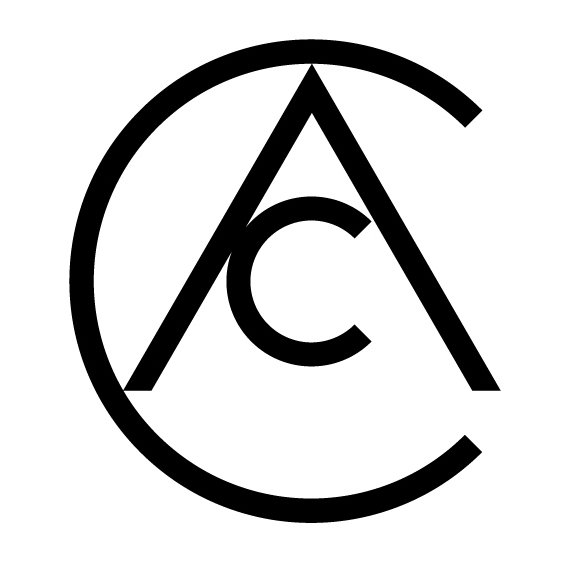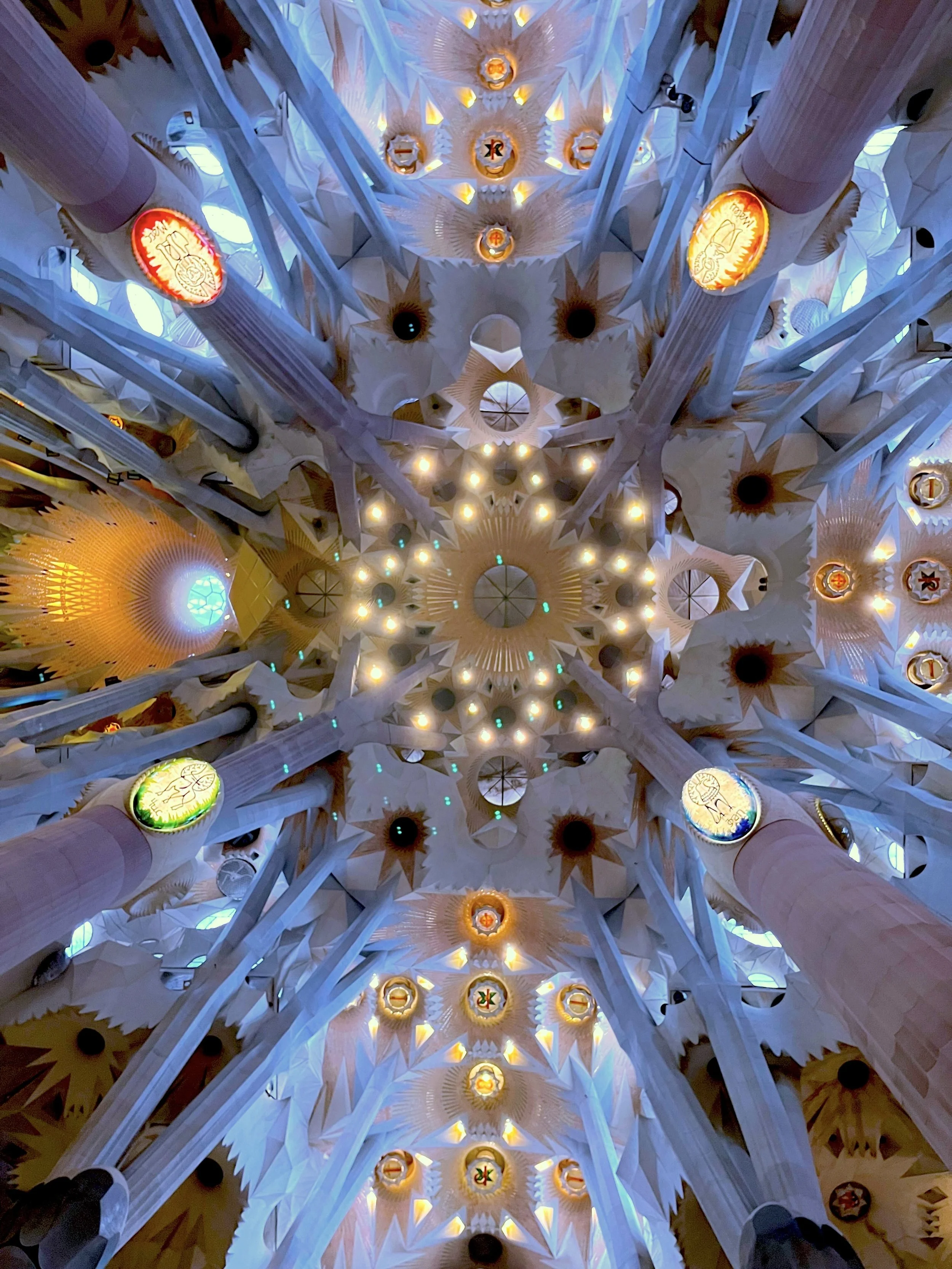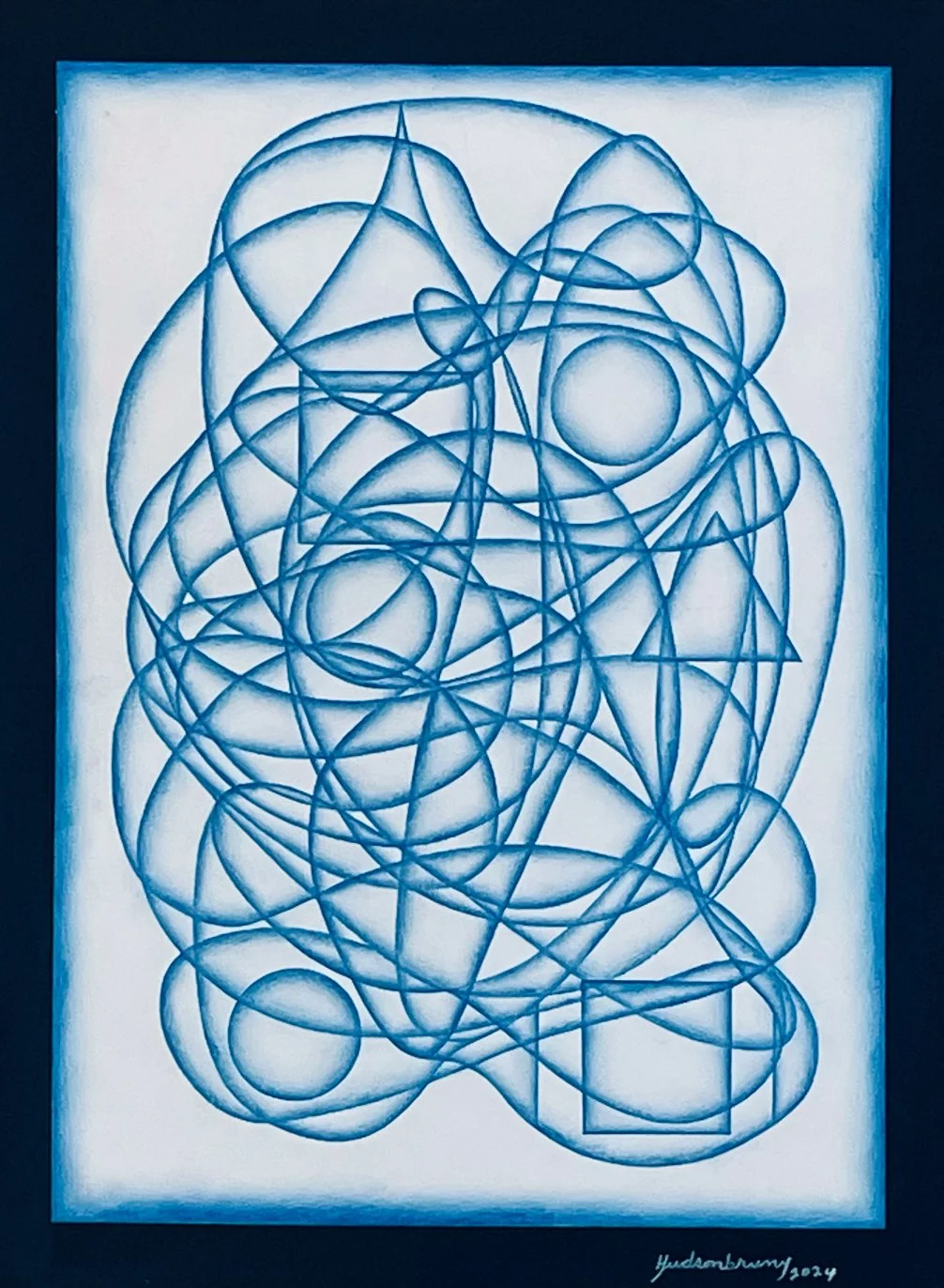Raymond Quenneville is a self-taught artist who has been painting for over 50 years. In 1992, after having explored a variety of media, he went back to oil painting, and decided to pursue his own unique style in expressing landscape and light.
Artist Spotlight - Gaby Roter
In my art, the interplay and exploration of the boundaries of what belongs to being human is a personally important theme for me. our way of tee I try to counteract this often senseless activity through my actions. our careless treatment of nature and creation are my driving forces and my innermost need to express this in the most diverse forms
Artist Spotlight - Karen Safer
Karen Safer is an international, award-winning California photographic artist, writer and poet. As a native Angelino, she was given a camera and crayons at 3 and exposed to dominant California motifs: light, palm trees, the ocean, music and vernacular architecture that helped define and influence her left-handed aesthetic.
Artist Spotlight - Mircea Cirtog
From the serene streets of Craiova to the dynamic art scenes around the world, Mircea Cirtog’s artistic journey highlights the profound impact of diverse cultural influences. Growing up under the restrictions of a communist regime, Cirtog's early encounters with art were shaped within his family. His parents, instrumental in nurturing his artistic sensibility, introduced him to the world of art through visits to museums and cultural events, which sparked his curiosity and imagination. His mother, a passionate collector of art books, created a home environment where art was not just appreciated but woven into daily life, fueling his growing passion for creativity.
Aase-Hilde Brekke
Aase-Hilde Brekke's works embody a synthesis of geographical identity and spiritual exploration. Raised in the village of Misvær in Nordland County, Norway, Brekke’s early connection to the raw, imposing landscapes of the North profoundly informs her artistic sensibility. Her photographs, such as those in the "My Power Mountain" series, resonate with the Nordic sublime: stark horizons, muted tones, and the pervasive silence of nature’s immensity. Yet, her art does not merely document the natural world. It refracts it through the lens of personal memory, spiritual inquiry, and cultural symbiosis
Rita Schoonmaker
Rita Schoonmaker’s work is an important contribution to the contemporary art scene, not only for its aesthetic qualities but also for its philosophical depth. At a time when abstraction often risks becoming formulaic, Schoonmaker’s work feels fresh and deeply personal. Her commitment to exploration and her refusal to settle into a single style or theme ensure that her work remains dynamic and engaging.
RIKXECOM
RIKXECOM’s oeuvre emerges as a luminous jewel in the constellation of contemporary art, fusing the tactile with the visual and carving out a philosophical niche that resonates deeply with viewers. In the tradition of groundbreaking modernists such as Gustav Klimt, whose shimmering golden mosaics revolutionized the visual language of the early 20th century, RIKXECOM takes the aesthetic and material experimentation of his forebears into the digital age, embedding layers of narrative, emotion, and exploration into his textured, radiant surfaces.
Nora Komoroczki
Nora Komoroczki, who paints under the name Mano, emerges as a singular force in contemporary art, combining technical mastery, philosophical depth, and an intuitive connection to the natural and human world. With over four decades of experience as an oil painter, the Budapest-based artist’s body of work reflects a dedication to the exploration of light, memory, and environmental stewardship. Mano’s oeuvre positions her as both a guardian of tradition and a beacon of innovation within the art world. By interweaving her artistic sensibilities with a profound ecological awareness, she offers not only beauty but also a poignant message about the fragility and vitality of life on Earth.
Jorge Parra
Jorge Parra’s photographic work is a profound visual exploration of the alchemical process—a concept as much philosophical as it is symbolic. His portfolio transcends the mere depiction of the human form, elevating it into a space where spirituality, philosophy, and visual poetry converge. To appreciate the depth of his artistry, one must first understand Parra’s own journey: a trajectory that mirrors the transformations central to his work. A trained chemist who abandoned the rigidity of the laboratory for the boundless possibilities of the lens, Parra embodies the very principle of transmutation that fuels his creative endeavors.
Hudson Bruny
Hudson Bruny describes his artistic journey as one that "transcends the confines of form and time," an aspiration that is richly apparent in his work. Each painting and drawing becomes a metaphysical endeavor, diving into "the impenetrable to grasp the impossible." His art invites viewers to a realm of "nothingness," but not in the nihilistic sense. Instead, Bruny’s abstractions gesture toward potentiality—a fertile nothingness from which new ideas, emotions, and social dialogues emerge.
Michael Kaphengst
Michael Kaphengst’s artistry emerges from the crucible of personal history, philosophical introspection, and a defiant embrace of unconventional methods. His latest collection, “SOUND”—created in the style of “EXTREME LINEARISM”—is both a testament to his creative ingenuity and a profound meditation on the nature of auditory experience and silence. Through these works, Kaphengst’s innovative approach to linearity, combined with his evocative use of line, color, and symbolism, articulates a visual language that captures the ineffable essence of sound and its philosophical implications.
Mari Kempf
Mari Kempf’s art captivates through its unique ability to convey emotion and form in perfect harmony. Her work is deeply textural, with layers of paint transforming the canvas into a tactile landscape that beckons the viewer to explore beyond the surface. The intricate use of texture provides a visceral connection to her pieces, making them feel alive and dynamic. This physicality, combined with her use of acrylics, demonstrates an intuitive understanding of how materials can evoke both emotion and depth.
Bogdan Kravchenko
At the heart of Bo Kravchenko’s art is a preoccupation with place—not just as a physical locale, but as an emotional and metaphysical concept. His paintings capture the essence of landscapes while transcending their geographic specificity. They evoke a sense of longing, solitude, and quiet resilience, all filtered through his masterful use of light and texture.
Artist Spotlight - Mira Seemann
All my art i am creating from my deep of the soul, it is a New Age fashion with a touch of impressionism. I was participating in many Galleries in Israel and all over the world including the Florence Biennale, the ARTXPO N.Y and Miami and many gallery's in Europe and NY. All my art is an original oil painting that describe the love between all the Humanity, Nature and animals.
Artist Spotlight - Friedhard Meyer
Friedhard Meyer stamps the unmixed, thick acrylic base paints directly onto the canvas using a soft "eraser" cut to a diameter of 7 mm. The result is color patterns with great luminosity. To further enhance the luminosity, Friedhard Meyer frames and connects the color dots with black lines of thin acrylic paint using a very fine hair brush. This process takes place over many hours in rhythmic circular movements and requires a "certain mood," i.e. the willingness to fully embrace the difficulties of this process. This is not always possible on demand.
Artist Spotlight - Max Werner
In my work I use a wide range of different ideas, inspired usually by my surroundings. The common thread is that the images I create always tell a story. Often triggered by simple observation of my immediate surroundings, I love the challenge of an unusual composition and the capture of the diversity of light in the various places where I find myself. Living in Wyoming, I am never short of inspiration on that front. My landscapes, are usually completed in my studio with the help of numerous sketches drawn in situ, photographs and notes. The final result is an image which evokes a mood and I hope conveys what I felt at the time rather than a faithful representation of the landscape in front of me.
Artist Spotlight - Anna Teresa Laurita
Female Expressionist style artist born from a profound but accurate need to create beauty and a human message uses a simple technique. And it becomes complex in the precise reading of the image, hoping to also be the bearer of relative novelty and passionate suggestion in the viewer.
Artist Spotlight - Fran Johnson
Likened to an analogy of short stories, Fran Johnson’s art resonates with a merging of color and light. Noteworthy is her ability to balance chaos with control and give the participant a view of connecting patterns of color. Each painting has a story behind it and presents a linear narrative projecting the enduring power of abstract art to captivate.
Artist Spotlight - David Guez
As an abstract painter, my artistic language and aesthetics blend elements of post-digital abstraction with spontaneity and personal expression. Through my process, which feels akin to Morse code in its rhythmic brushstrokes, I convey my own personality, psychological state, and commentary on the world we live in.
Artist Spotlight - Avril Veronqiue
She was born in a fashion city and with a father designer she eraly knew the importance of art. After a litterature diploma, she worked a long time ago in sale decorative objects before becoming self employed and decided to return to her first passion art. Last yeat she partiicipated to a lot of magazine and won prices.




















